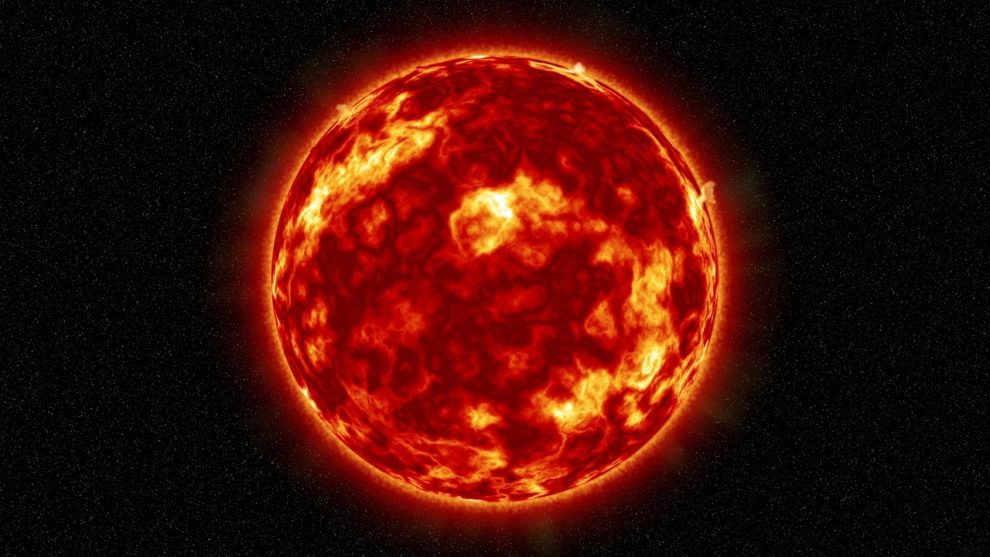NASA’s Solar Dynamics Observatory has captured a “significant solar flare” erupting from the Sun, which could disrupt GPS signals on Earth as well as supercharge the northern lights.
The Sun emitted an X1-class flare on Thursday, the most intense so far, at 11.35 a.m., NASA said in a statement on Friday.
“POW! The sun just served up a powerful flare,” the US space agency said in a tweet.
According to the US Space Weather Prediction Center (SWPC), which tracks space weather events, the X1-class flare caused a brief but significant radio blackout across the sunlit side of Earth, centred on South America.
According to Spaceweather.com, the flare was caused by a sunspot called AR2887, which is currently positioned in the centre of the sun and facing the Earth.
The X1-flare is also expected to hit Earth’s magnetic field on Saturday, according to NASA.
Solar flares are high-energy bursts of radiation. While harmful radiation from a flare cannot physically affect humans on the ground, it can disrupt the atmosphere in the layer where GPS and communications signals travel when it is intense enough. It can also boost the Northern Lights on Earth (auroras).
According to NASA, the X-class denotes the most intense flares, while the number provides more information about its strength. An X2 is twice as powerful as an X1, an X3 is three times as powerful, and so on.
Flares classified as X10 or higher are considered unusually intense.
When these powerful flares strike Earth directly, they can be accompanied by a massive eruption of solar particles known as a coronal mass ejection.
The X1-class flare on Thursday also “appeared to have coronal mass ejection related signatures,” according to the SWPC.
According to SpaceWeather.com, it “created a massive tsunami of plasma that rippled across the entire solar disk: The plasma wave was about 100,000 km tall and moved through the sun’s atmosphere faster than 1.6 million mph”.
NOAA forecasters estimate that it is expected to reach Earth with a “60 per cent chance of M-class flares and a 25 per cent chance of another X-flare in the next 24 hours”.
M-class flares are medium-sized and can cause brief radio blackouts in Earth’s polar regions, whereas C-class flares are small and have few noticeable effects on Earth.
